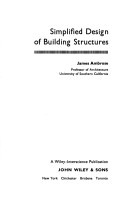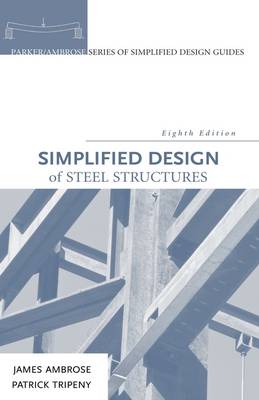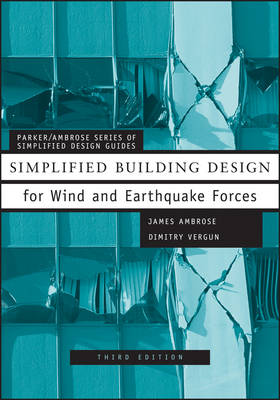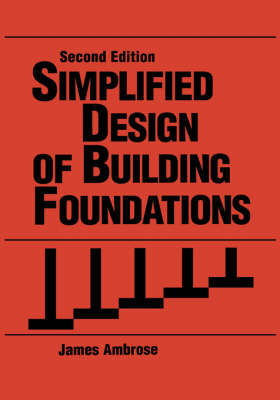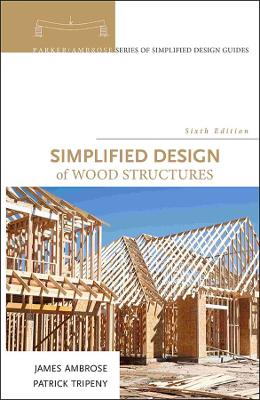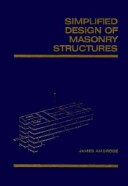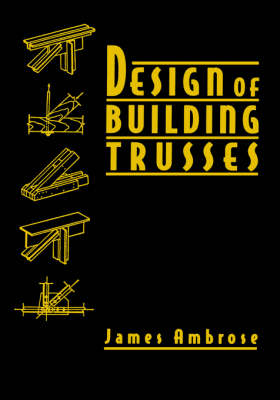Parker/Ambrose Series of Simplified Design Guides
4 primary works • 11 total works
Book 21
Book 23
Simplified Design of Concrete Structures
by James Ambrose and Patrick Tripeny
Book 24
Simplified Design of Steel Structures 8e
by James Ambrose and Patrick Tripeny
Book 29
Simplified Building Design for Wind and Earthquake Forces
by James Ambrose and Dimitry Vergun
Simplified Engineering for Architects and Builders
by James Ambrose and Patrick Tripeny
Offering a concise, highly readable introduction to the investigation and design of ordinary structures for buildings including information on structural analysis, materials, and systems this thoroughly updated Tenth Edition includes: a new focus on Load and Resistance Factor Design Method (LRFD) for steel and concrete structures, the latest building and material codes, a wealth of exercise problems and illustrative examples, essential formulas for the solution of structural problems, more than 200 descriptive illustrations, simple solutions to everyday problems architects and builders encounter, coverage of wood, steel, concrete, and masonry structures, and, a new companion Web site packed with learning resources. An unparalleled resource for students and professionals in architecture, construction, and civil engineering, "Simplified Engineering for Architects and Builders, Tenth Edition" boils structural engineering down to its essentials and provides the simple design solutions that are used for the vast majority of buildings.
